It is easy to understand what a database is for – it is a computer program designed to efficiently and effectively store relevant and important information of a person, company or business institution. What is complex though is how exactly this database can actually be made functional and understandable to the user, and this is where having a reliable and user-friendly Database Management System comes in, having its own database system design and document management software.

A Database Management System (DBMS) is basically a collection of programs with varying functions that enables anyone who needs it to store, change and obtain information from a small or large database program. The organization, retrieval and modification of entered facts and figures are made easy and accessible to users anywhere and everywhere who has access to a particular database, especially the ones that are available online. A database management system can range from small systems that are available on computers to large systems that operate on mainframes.
The basic components of a database management system are the following: first, a modeling language that defines the specific schema of each database hosted in the database management system according to its data model. Second are data structures in the form of fields, records and files. The data from a database can be presented in various formats. A graphics component in data management systems is also included; this enables anyone to print information in the form of tables, graphs and charts. Database management systems are created to organize and facilitate huge amounts of information stored on a permanent data storage device, which implies reliable access compared to volatile main memory. The third requirement is of a DBMS are the database query language and the report writer. The query language is that which allows information to be processed readily through symbolic input and output while a report writer program that enables one to output data in the form of a readable and organized report. These elements allow users to interactively surf through the database, analyze its data and update it according what a person may edit and modify in the data. The last is a transaction mechanism that ideally guarantees and ensures data integrity, despite concurrent user access and faults.
Typical examples of database management systems include FileMaker, Oracle, DB2, Microsoft Access, Microsoft SQL Server, Postgres, MySQL. These are well-known softwares which make things easier for those people and companies that need reliable systematization of their data. Among large-scale database application examples are automated teller machines , computerized library systems, school identification card systems, flight reservation systems, computerized parts inventory systems; small-scale ones range from an inventory of sold items in an online store to just a list of personal account information of the members of a certain family.
Top 7 Relational Database Management Systems (RDBMS): Taking A Big Leap In Modern Database Systems
QUEST
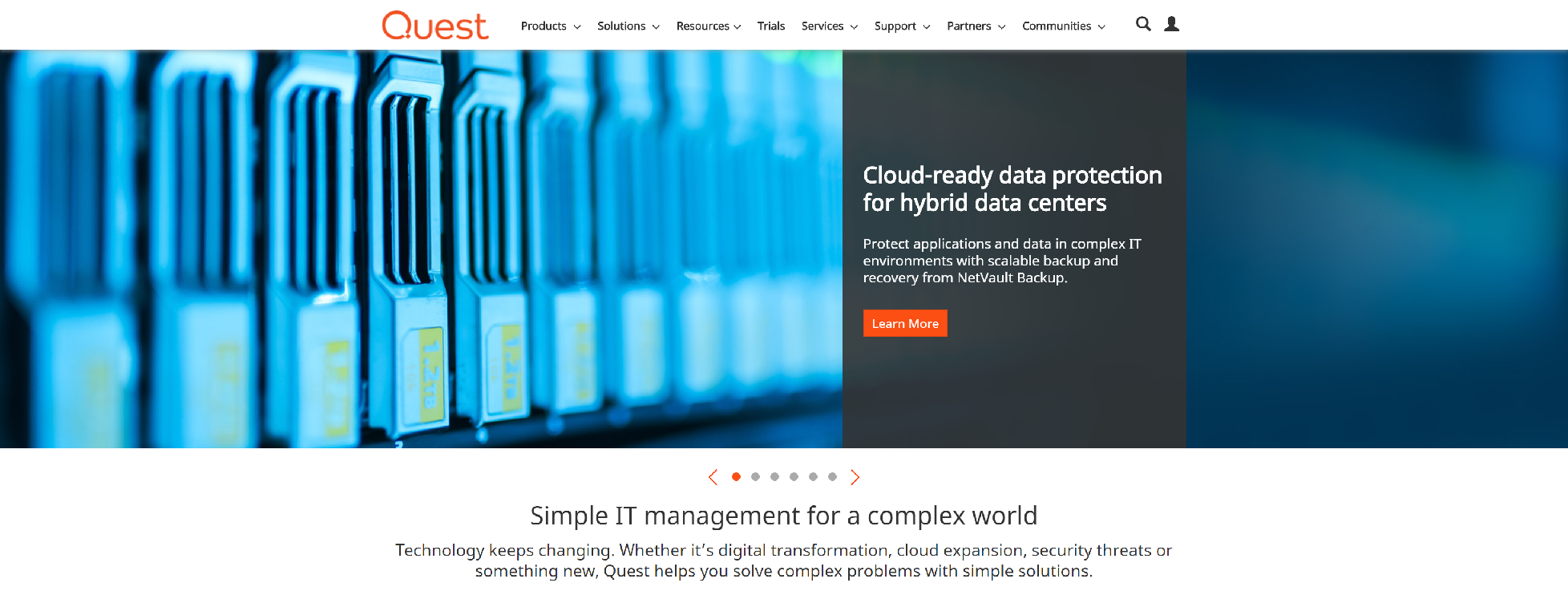
Simplify IT management and spend less time on IT administration and more time on IT innovation. It’s time to rethink systems and information management.
- Database development
- Database administration
- Data preparation and analysis
- Database performance monitoring
- Database replication
- DevOps
- Cloud migration
- Oracle
- SQL Server
- IBM DB2
- SAP HANA
- MySQL
- SQL Azure
- MongoDB
- Hadoop
- Cassandra
- EnterpriseDB
- Amazon DynamoDB
- Google Analytics
- MariaDB
- Salesforce
- SAP ASE
- Teradata
DBVIS
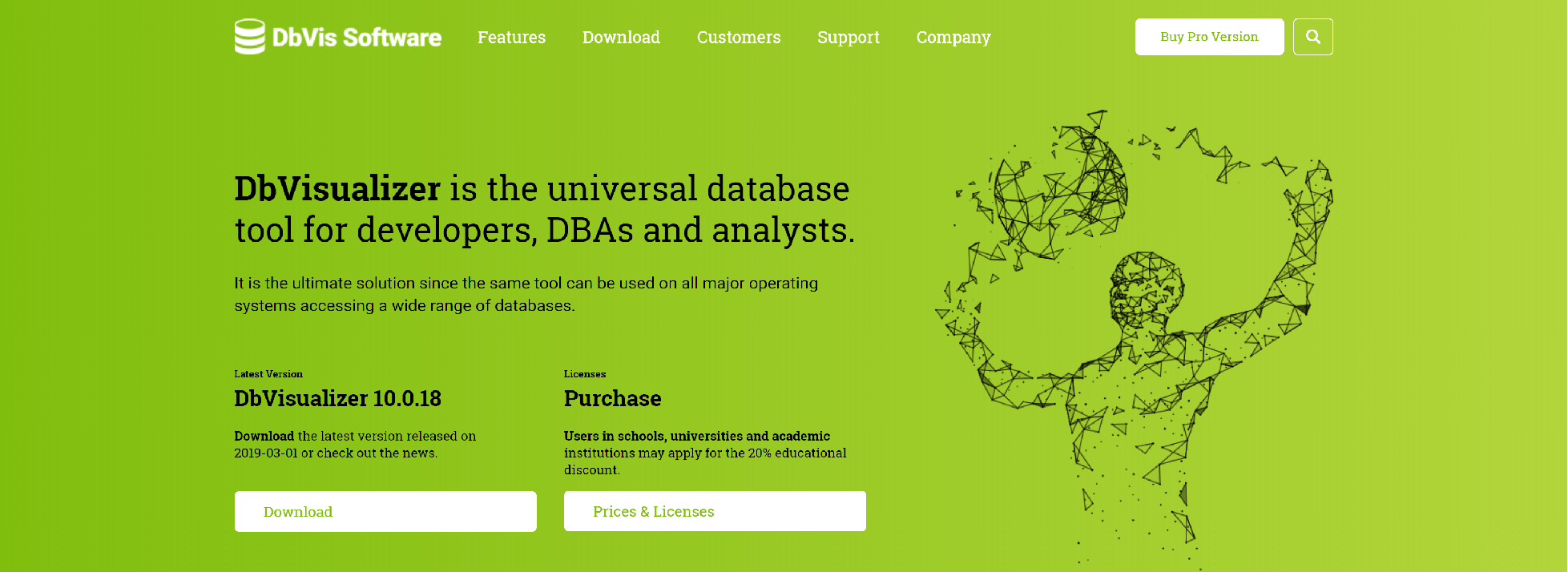
DbVisualizer is a database management and analysis tool for all major databases (e.g. Oracle, SQL Server, DB2, Sybase, MySQL, SQLite) on Windows, Mac OS X, Linux and Unix platforms with customers in 107 countries.
- Supported Databases
- Supported OS’es
- DbVisualizer Editions
- The DbVisualizer UI
- Connection Management
- Database Object Management
- Database Server Management
- Table Data Management
- SQL Tools
- Task Management and Memory Monitoring
- Command Line Interface
HYPEROFFICE

Web Based Relational Database & Web Forms. Automate Processes With Do-It-Yourself Database Apps & Web Forms.
Features and Benefits:
- Completely hosted
- Online forms
- Workflows & Applications
- Queries & Filters
- Views & Tables
- Import & Export
- Attach Files
- Notifications
SEQUELPRO
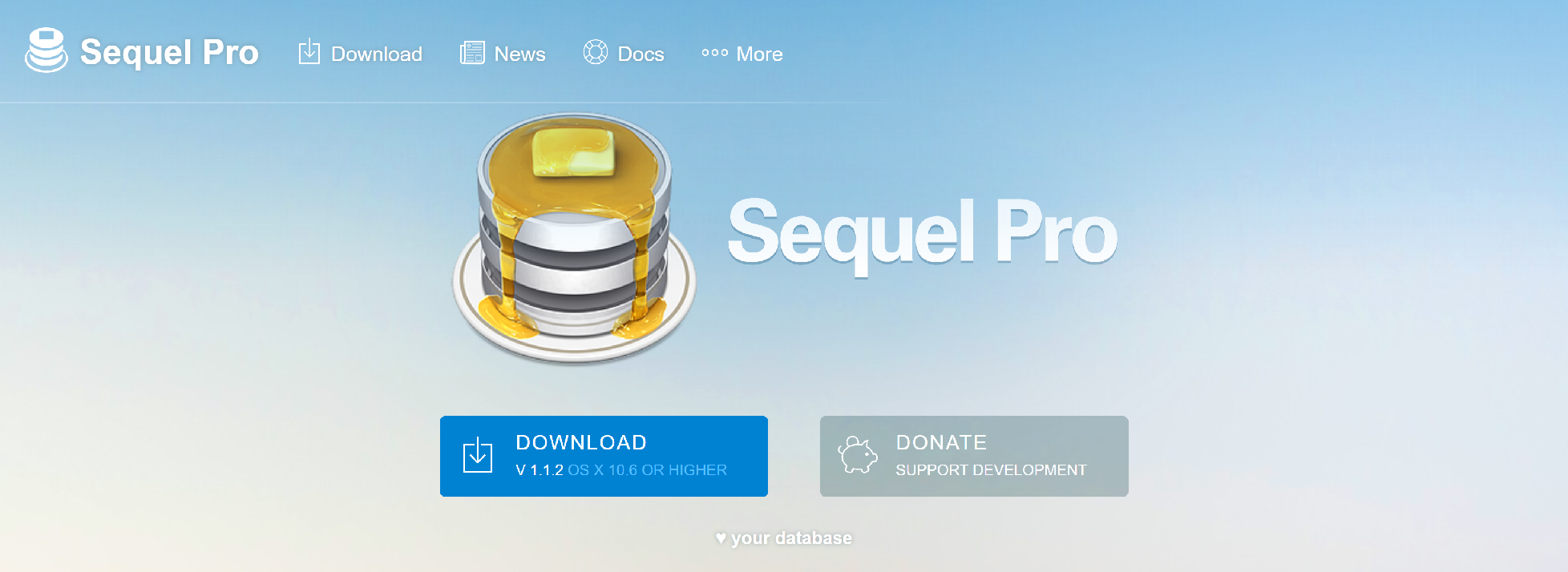
Sequel Pro is a fast, easy-to-use Mac database management application for working with MySQL databases.
- Full MySQL support
- Flexible Connectivity
- Perfect Web Development Companion
- Easy installation
DEVART
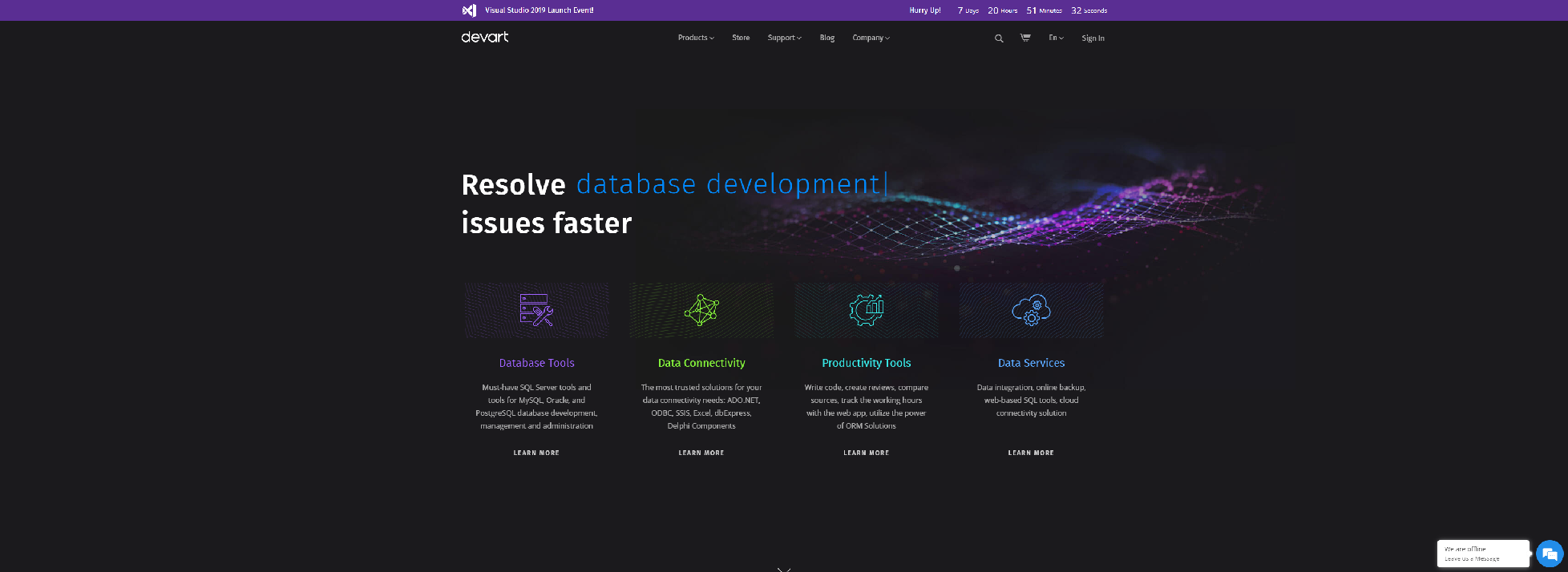
Devart is a vendor of database development and management software for SQL Server, MySQL, Oracle, PostrgeSQL, data connectivity solutions, data integration products, and developer productivity tools.
Products:
SOLARWINDS
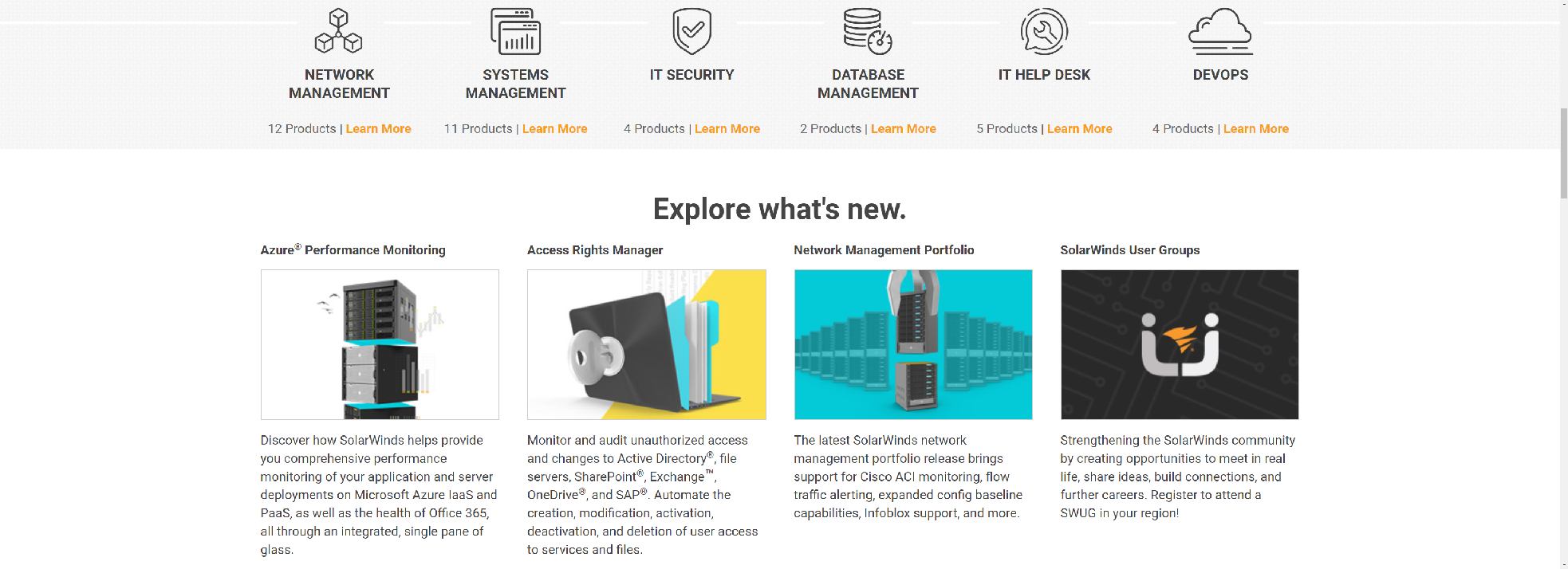
SolarWinds IT monitoring and management tools are built for SysAdmins and network engineers who need powerful and affordable tools. Get a free trial today.
- Intuitive performance analysis
- Blocking analysis
- Database, index, and query tuning advisors
- Real-time and historic monitoring
- Multi-vendor relational database support
- Integration with other SolarWinds products
SEVERALNINES
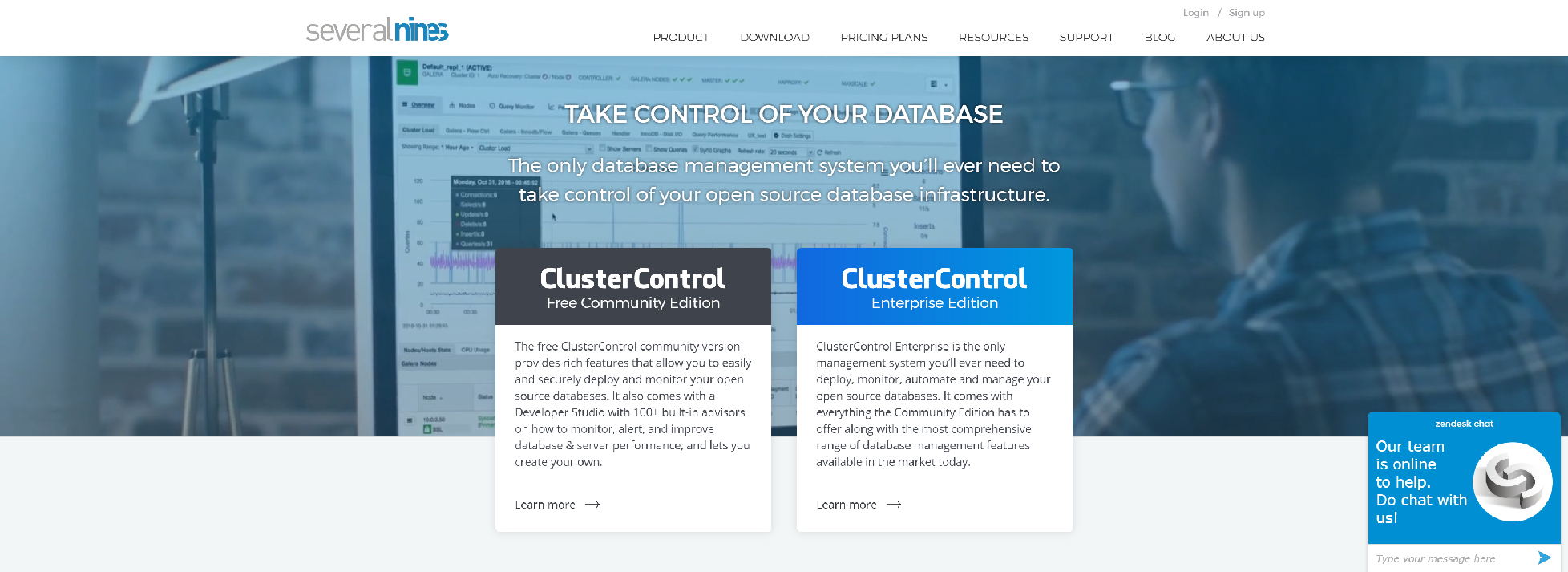
Severalnines is a database software company, providing automation & database management software for open source environments. DBMS software you can count on!
- Simplified Backup & Recovery Management for Polyglot Database Infrastructures
- Real-Time Database Monitoring & Alerts
- Point-and-Click Database Cluster Deployments
- Database Upgrades & Patches
- Database Security & Compliance
- Database Operational Reporting
- Database Configuration Management
- Automatic Database Recovery & Repair
- Improving Database Performance
- Automated Database Performance Advisors
MONGODB

MongoDB, the most popular database for modern apps, and MongoDB Atlas, the global cloud database on AWS, Azure, and GCP. Easily organize, use, and enrich data — in real time, anywhere.
- High availability through built-in replication and failover
- Horizontal scalability with native sharding
- End-to-end security
- Native document validation and schema exploration with Compass
- Always available global support
- Management tooling for automation, monitoring, and backup
- Fully elastic database as a service with built-in best practices